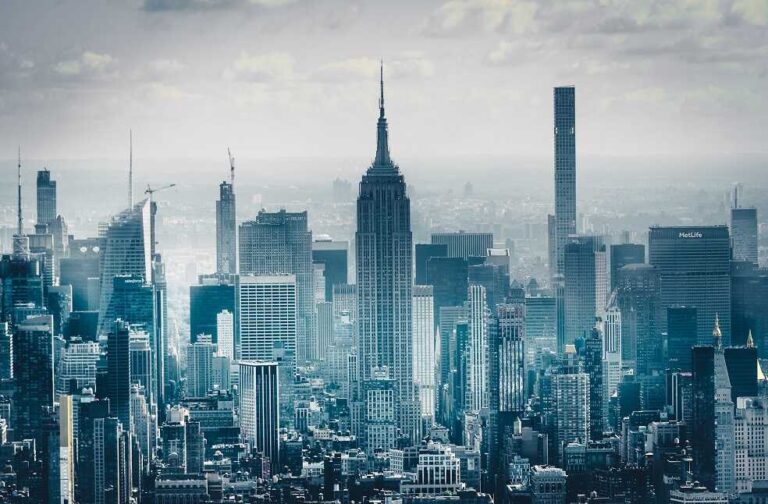A new study gives interesting insights into what the earth will look like in 2100. Our planet, according to the US-centred study, would have a decline in population.
The population decline will affect nearly 30,000 US cities by the end of the century, losing between 12 and 23 percent of their total population.
The analysis indicates that as populations move within and between cities, these future cities are more likely to resemble fractured, thinning, or sprawling communities than completely abandoned ghost towns. That is, if town planners and local governments are unable to adjust and react to the shifting needs of their constituents.

Population decline in certain neighbourhoods may lead to grocery stores shutting their doors, leading to food deserts. Neglected infrastructure in dwindling towns could also leave communities without clean water, like what happened in Jackson, Mississippi, in 2021.
Ms. Uttara Sutradhar, a graduate student in civil engineering at the University of Illinois at Chicago, and her two colleagues, Ms. Lauryn Spearing and Sybil Derrible, originally set out to study the immediate effects of declining cities, but their potential effects go far beyond that. They studied potential transportation issues that Illinois cities may have as their populations shift over time.
Ms. Sutradhar and associates, intrigued by their findings, broadened the scope of their research to encompass all 50 states. They based their estimates on demographic patterns derived from US census data spanning three decades and two datasets that comprised five potential future climate scenarios.

Their perspective extended beyond the biggest cities in America. The researchers used the same definition of city as the US Census Bureau, which is groups of people living in areas that are often referred to as towns, villages, and boroughs in addition to large metropolises.
According to the analysis, the percentage of US cities losing population is currently 43 percent, and as the century goes on, this percentage is expected to increase. The researchers discovered that by 2100, up to 64 percent of cities might be in decline, depending on the climate scenario they modelled.
Cities in the Midwest and Northeast will probably experience the greatest population declines. Despite their current growth, a significant portion of the cities in Texas and Utah will experience population declines by the year 2100.

However, projections of population trends several decades in the future are inherently uncertain, and the analysis ignores social and economic factors that may be influencing the trends.
Furthermore, it excludes migration within the US, where populations are already being compelled to relocate due to extreme heat waves and frequent flooding caused by climate change.
By the end of the century, research indicates that octogenarians may outnumber under-fives two to one worldwide. According to estimates, 183 of the 195 recognised countries may have experienced a population retrograde shift, meaning that their rates of fertility decline have fallen below those of replacement.



